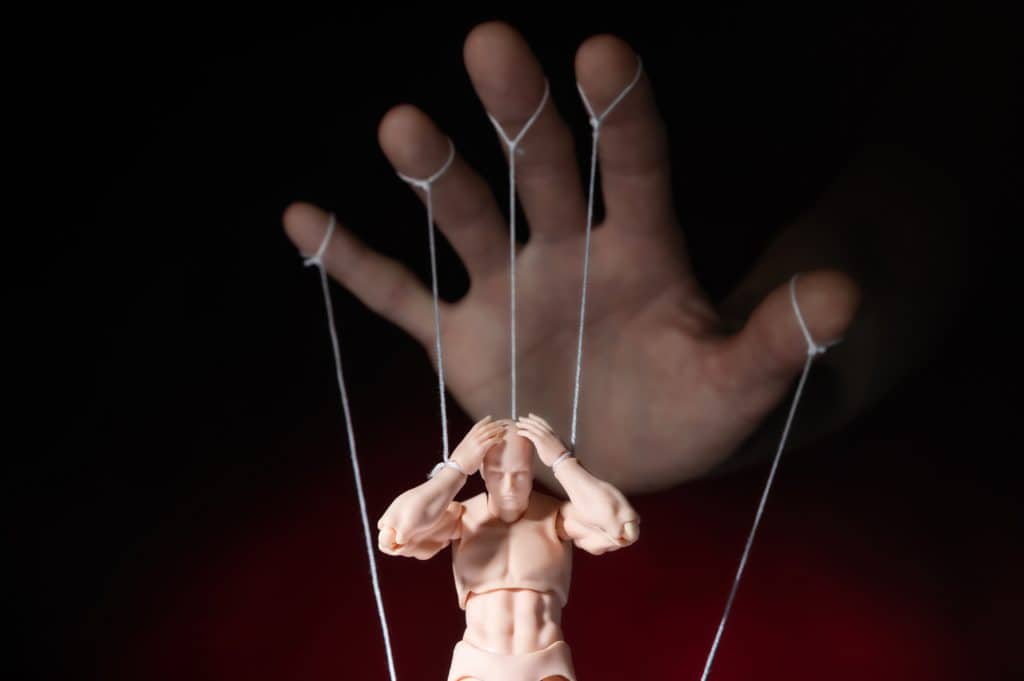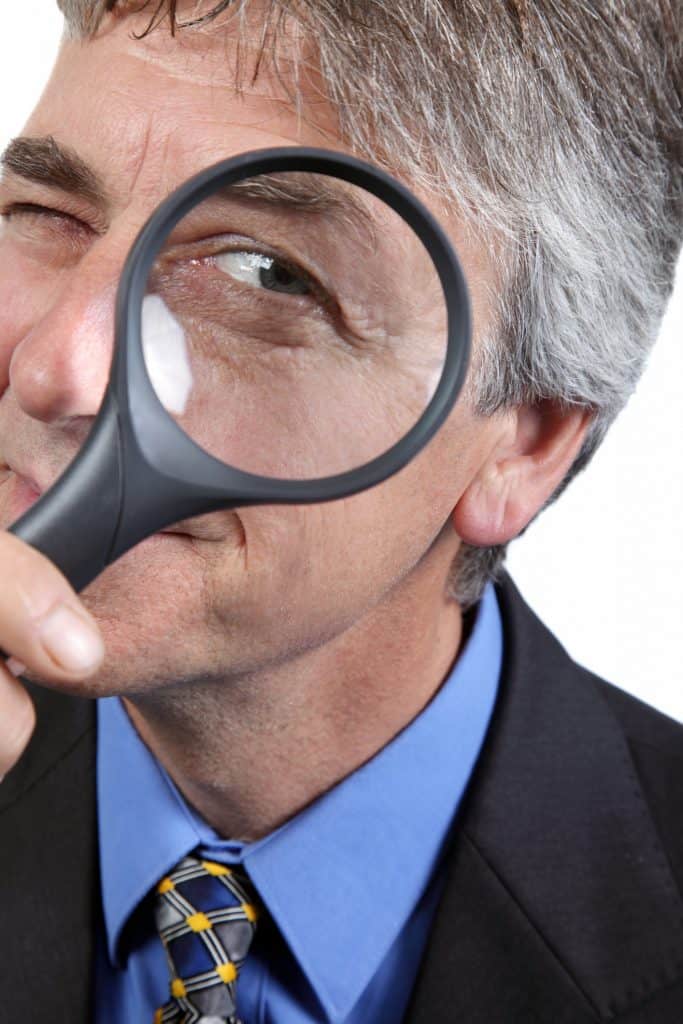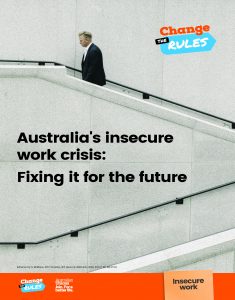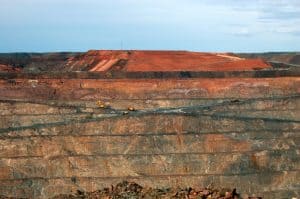
Australia is several years into a scandal of underpayment of workers referred to, by some, as wage theft. Occupational health and safety (OHS) would not normally figure in a wages and industrial relations (IR) scandal but the scandal has a legitimate OHS context.
The previous, and ongoing, scandals are not going to be summarised in this article as there are plenty of articles elsewhere in lots of different media but there is a common thread in many of the scandals. Workers are not being paid for some of the time they spend at work, work that is commonly described as unpaid overtime. This unpaid overtime extends the working day, for a variety of reasons, and OHS may not accommodate these additional hours (as they are “not official”) or OHS may be “stretched”, or risks downplayed.




 Many have been claiming that the era of neoliberal economics and the associated politics is over or, at least, coughing up blood. However, occupational health and safety (OHS) is rarely discussed in terms of the neoliberal impacts, and vice versa, yet many of the business frustrations with red tape, regulatory enforcement strategies, reporting mechanisms and requirements and others have changed how OHS has been managed and interpreted.
Many have been claiming that the era of neoliberal economics and the associated politics is over or, at least, coughing up blood. However, occupational health and safety (OHS) is rarely discussed in terms of the neoliberal impacts, and vice versa, yet many of the business frustrations with red tape, regulatory enforcement strategies, reporting mechanisms and requirements and others have changed how OHS has been managed and interpreted.
